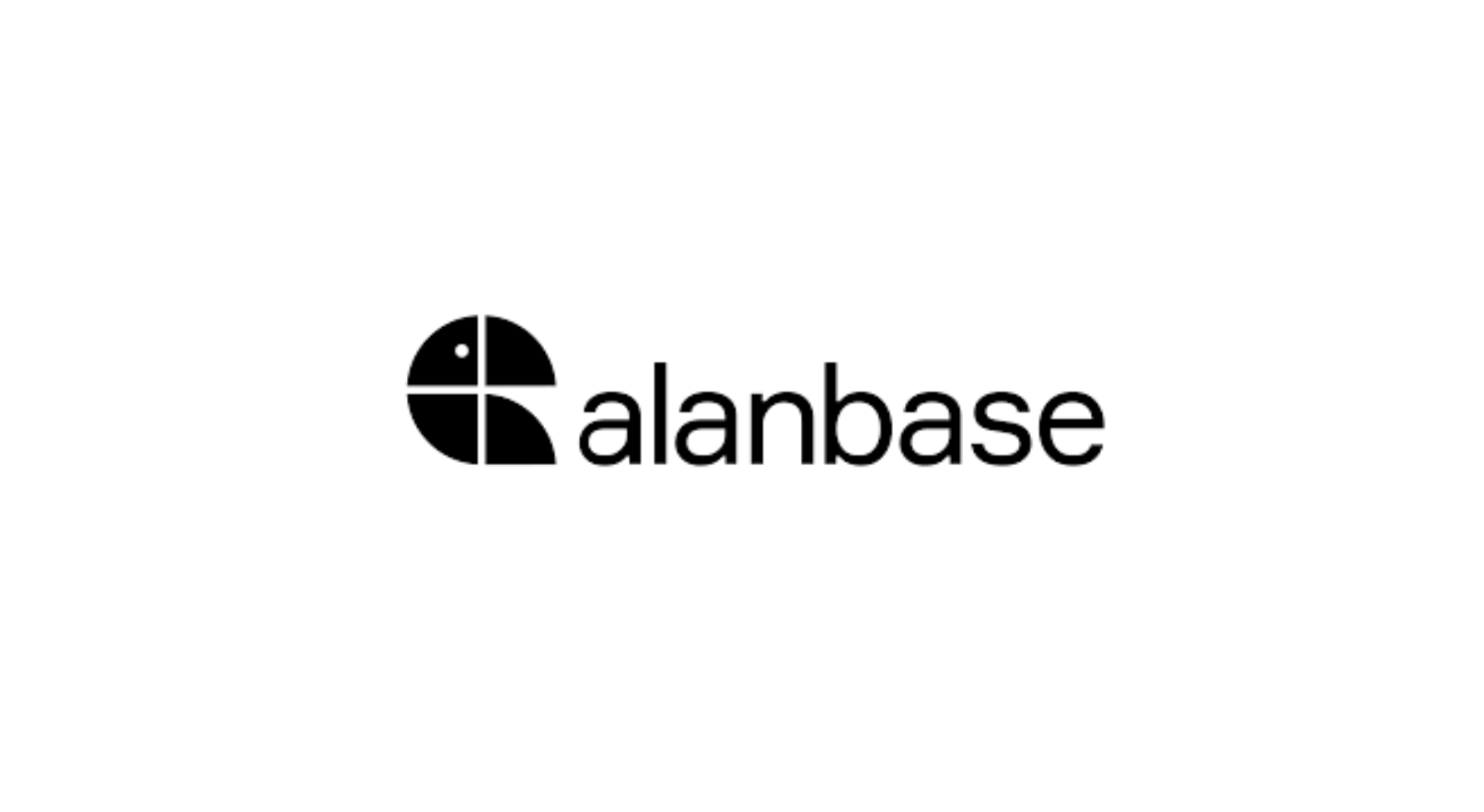Understanding Different Affiliate Marketing Models: CPA, CPL, CPC
Affiliate marketing offers various models that determine how publishers are compensated. Among these models are Cost Per Action (CPA), Cost Per Lead (CPL), and Cost Per Click (CPC). Understanding these different models is crucial for publishers to choose the one that best aligns with their strategy and maximizes their earnings in affiliate marketing. In this article, we will explain each model in detail and its implications for publishers.
1. Cost Per Action (CPA)
In the Cost Per Action model, publishers receive a commission for each sale made through their promotion. The publisher only earns money if a consumer makes a purchase after clicking on their affiliate link. This model benefits publishers with an engaged audience and the ability to generate high-quality conversions. However, it may be more challenging to generate sales, and earnings directly depend on the performance of the promoted products or services.
2. Cost Per Lead (CPL)
The Cost Per Lead model compensates publishers for each lead or prospect they send to the advertiser. The lead could be a user who signs up for a mailing list, fills out a form, or takes any other action designated by the advertiser. This model suits publishers who can generate a large number of high-quality leads. While payments are generally lower compared to PPS, publishers can achieve a stable income even if not all leads convert into sales.
3. Cost Per Click (PPC)
In the Cost Per Click model, publishers are paid every time a user clicks on their affiliate link, regardless of the subsequent user action (purchase or lead). Publishers can generate revenue by driving quality traffic to the advertisers’ sites. However, this model can be risky as clicks do not necessarily guarantee conversions, and publishers need to be cautious about avoiding fraud or non-authentic clicks.
Implications for Publishers
The choice of model depends on the type of content and the audience of the publisher. If the audience is more inclined to make purchases, CPA may be preferable. If the audience is more likely to engage without necessarily making a purchase, CPL might be more suitable.
CPA can be more lucrative in the long term, but it often requires more effort to generate sales. CPL and CPC offer advantages for publishers seeking more stable and immediate compensation.
Some affiliate programs offer a combination of these models, allowing publishers to diversify their earnings and adapt to different promotion strategies.
Conclusion
Understanding the different affiliate marketing models is critical for publishers looking to succeed in this industry. The choice between CPA, CPL, and CPC depends on the publisher’s goals, audience, and promotion strategy. Publishers can also experiment with different models to determine which one generates the best results for them. By optimizing their efforts based on the chosen model, publishers can maximize their earnings and successfully grow their affiliate marketing business.












